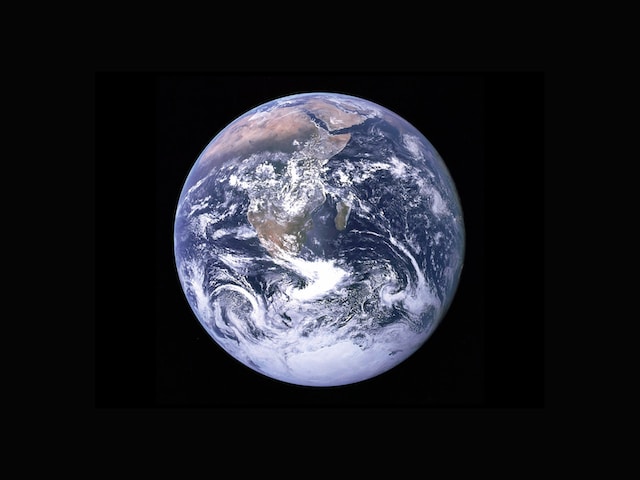Despite the fact that humans have been exploring and studying the Earth for thousands of years, there is still a significant amount of the planet that remains undiscovered. It is difficult to determine exactly how much of the Earth is still unexplored, as there are many different ways to define what constitutes “discovered” versus “undiscovered” territory. However, there are several areas of the Earth that remain largely unexplored, and some estimates suggest that up to 95% of the Earth’s oceans remain undiscovered.

One of the reasons that so much of the Earth remains unexplored is simply due to the vastness of the planet. The Earth has a total surface area of approximately 510 million square kilometers, and much of this area is covered by oceans and other bodies of water. Despite advances in technology, exploring the depths of the ocean is still a difficult and costly endeavor, and many areas of the ocean floor have never been fully mapped or studied.
In addition to the oceans, there are many other areas of the Earth that remain largely unexplored. These include remote regions such as the Amazon rainforest, the Arctic and Antarctic regions, and vast stretches of desert and mountainous terrain. These areas can be difficult to access due to their remote locations and harsh climates, and as a result, many parts of these regions remain largely unexplored.
Another factor contributing to the unknown areas of the Earth is the sheer diversity of life on the planet. There are estimated to be millions of species of plants and animals on Earth, and many of these have yet to be discovered or fully studied. In particular, many species of insects, fungi, and other small organisms remain largely unknown, and it is likely that many more such species have yet to be discovered.
Despite these challenges, there have been many important discoveries made in recent years that have shed light on previously unknown areas of the Earth. For example, advances in deep sea exploration technology have allowed scientists to explore the ocean floor in greater detail than ever before, uncovering new species of marine life and gaining a better understanding of the geology and ecology of the ocean floor.
Similarly, advances in satellite imaging technology have allowed researchers to better understand remote areas of the Earth, such as the Amazon rainforest, and to identify areas of particularly high biodiversity that may warrant further study and conservation efforts.
Overall, while it is difficult to put an exact number on the amount of the Earth that remains undiscovered, it is clear that there is still much to learn about our planet. Whether through advances in technology or increased funding for scientific research, there are many opportunities for researchers to uncover new knowledge about the Earth and its many mysteries. By continuing to explore and study the planet, we can gain a greater understanding of the forces that shape our world and develop more effective strategies for protecting and preserving the natural world for future generations.